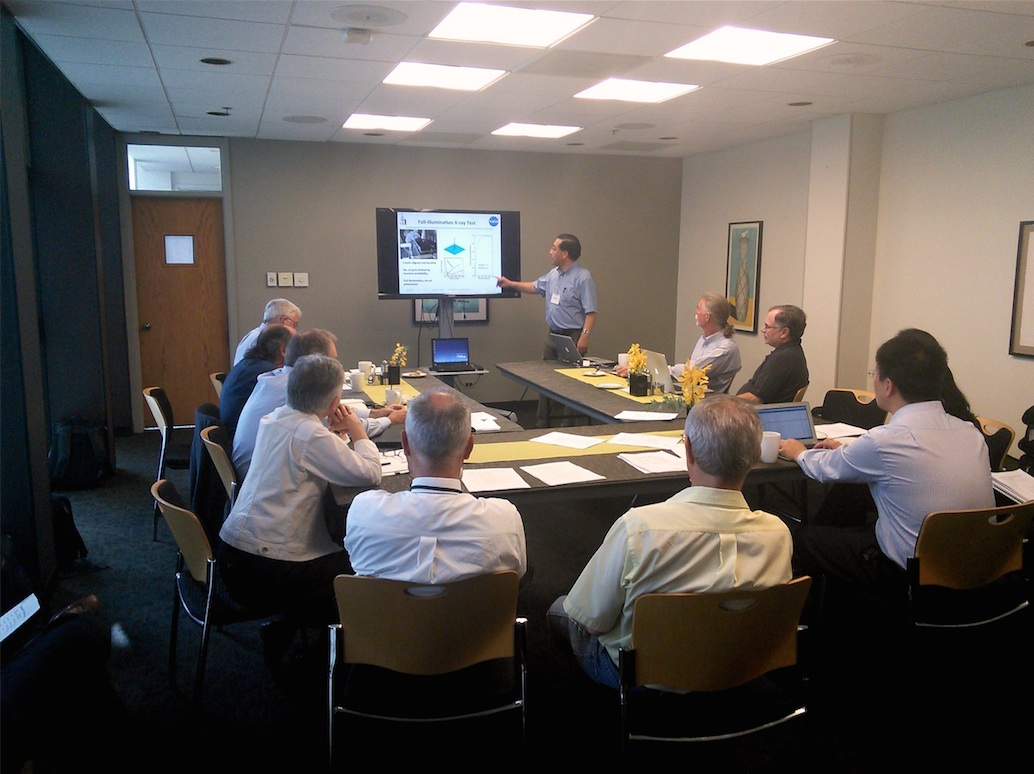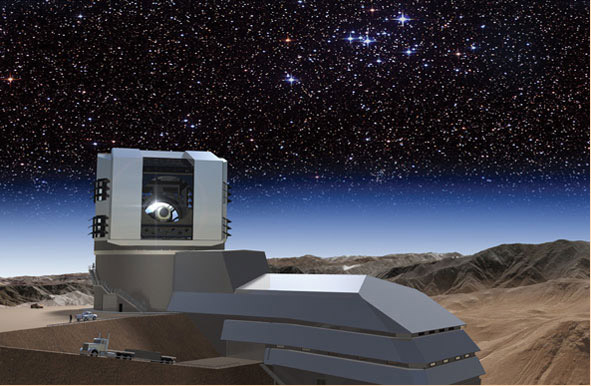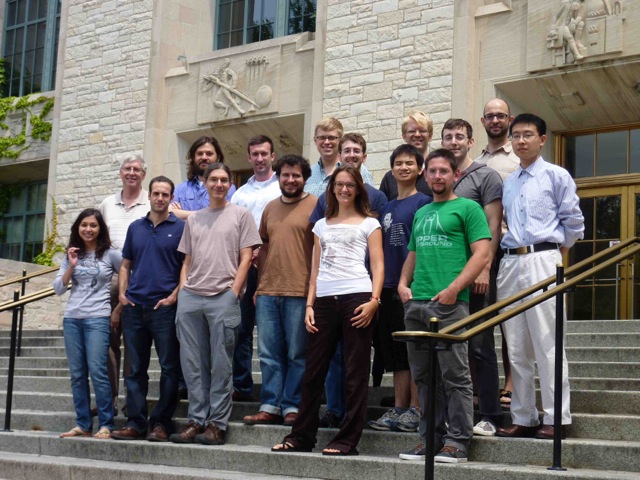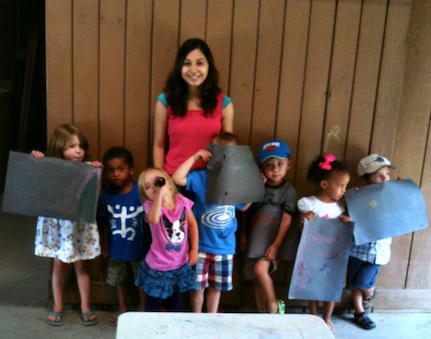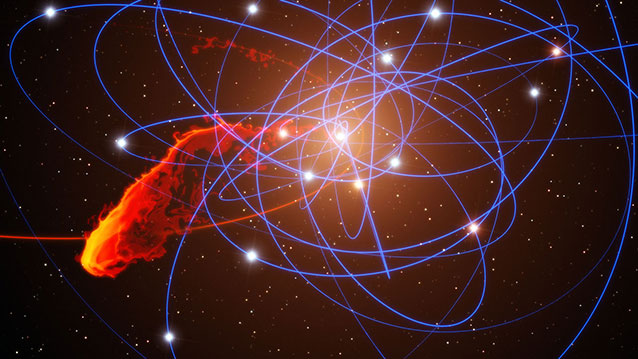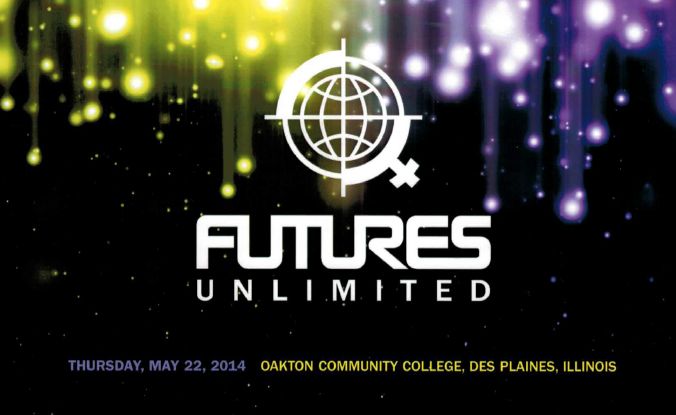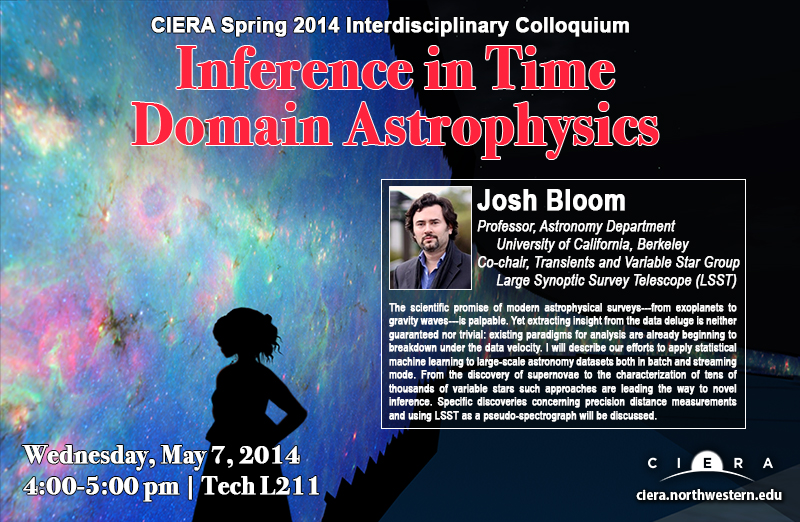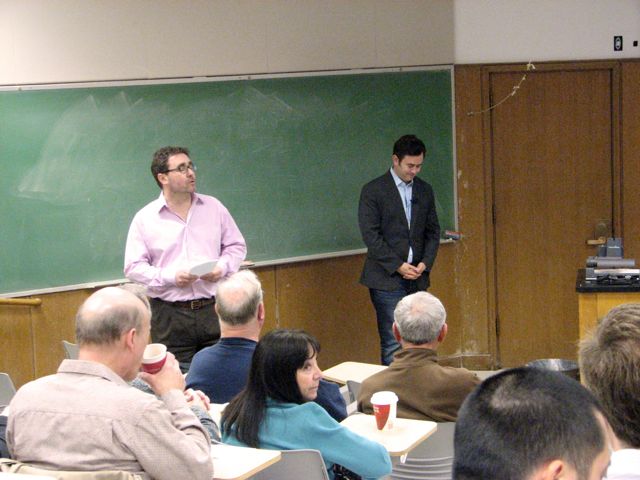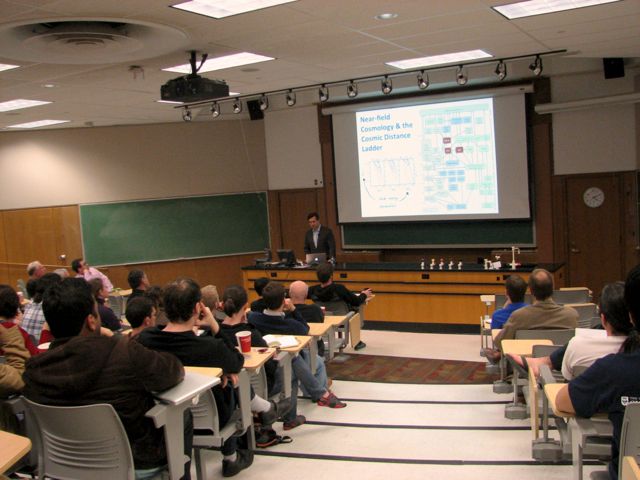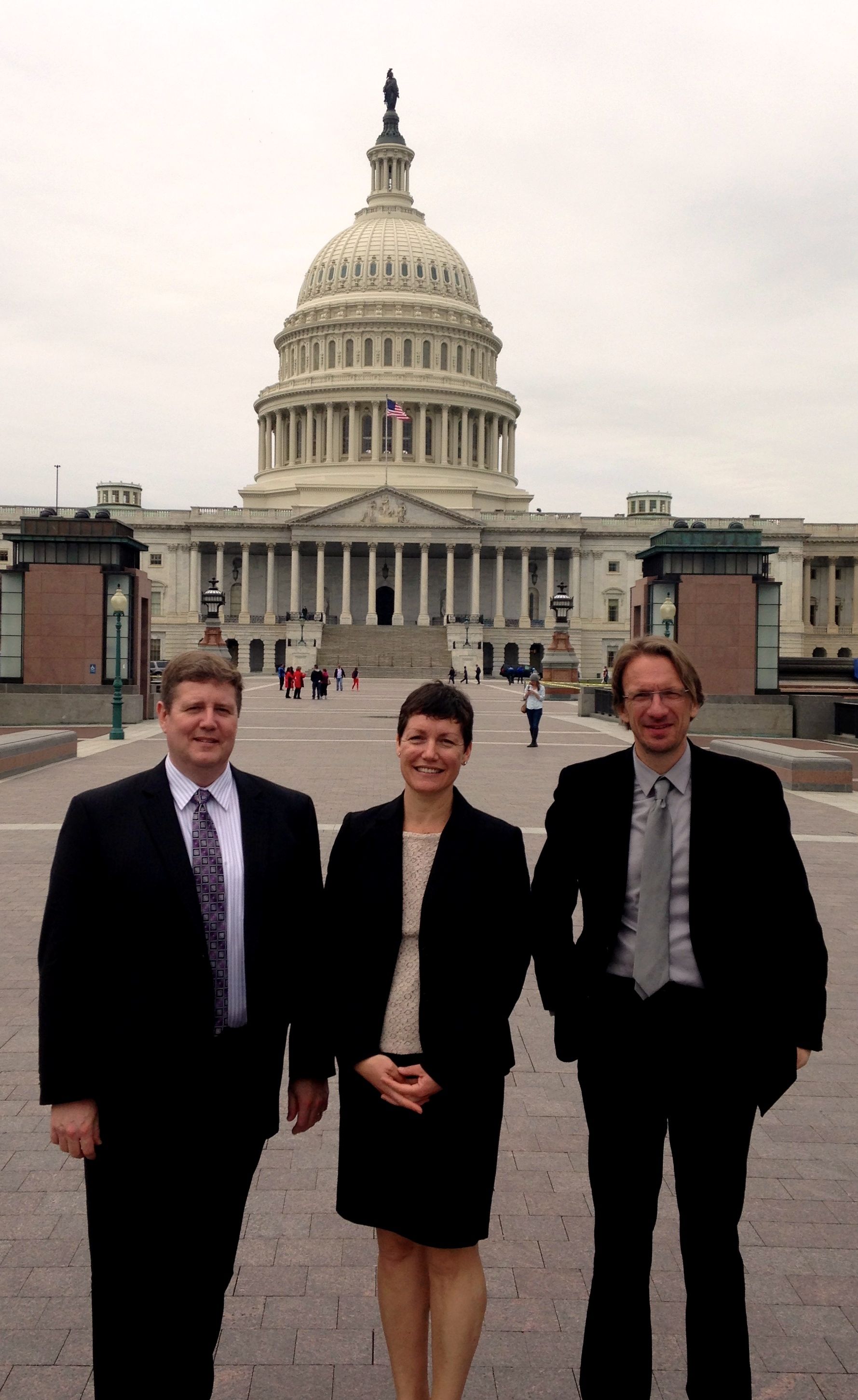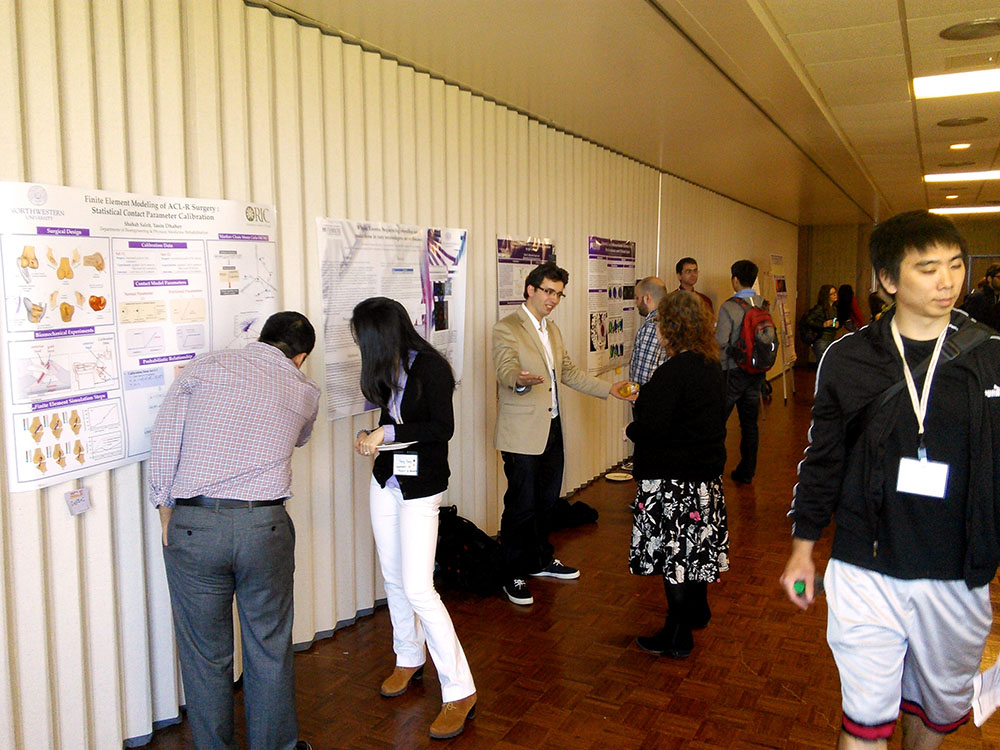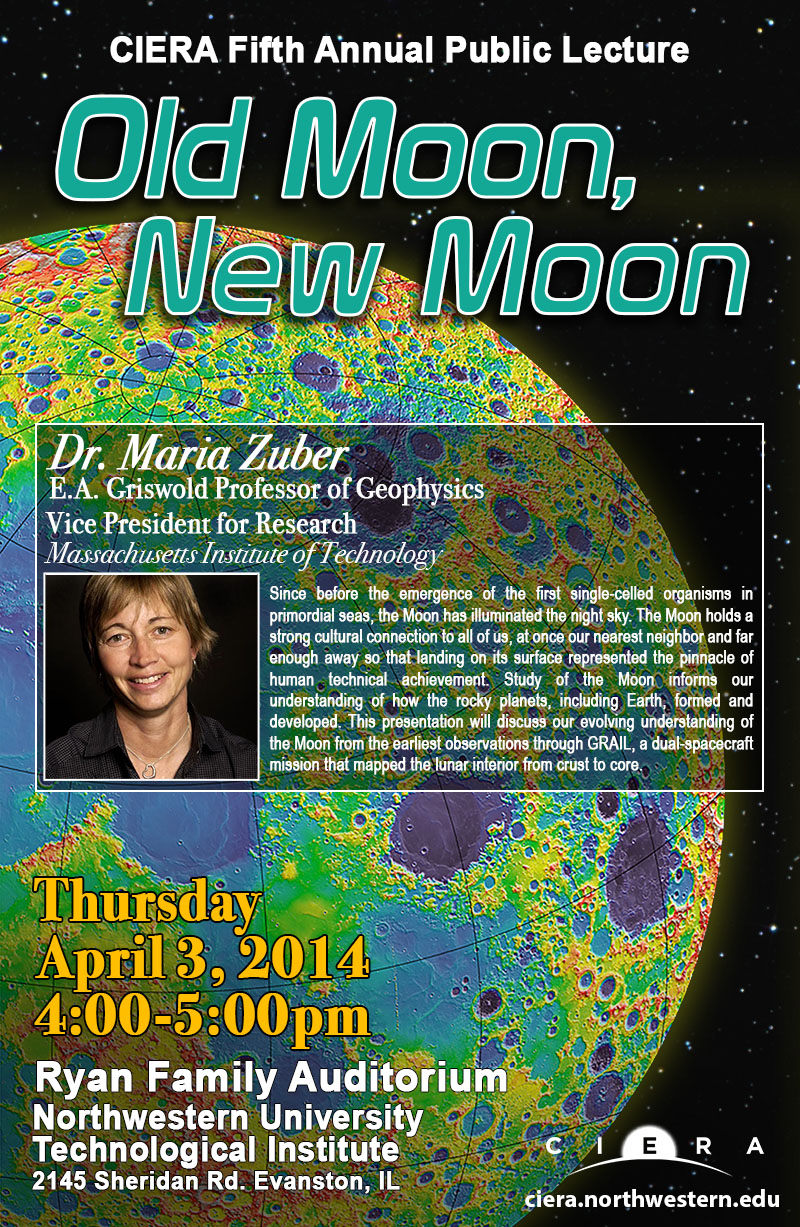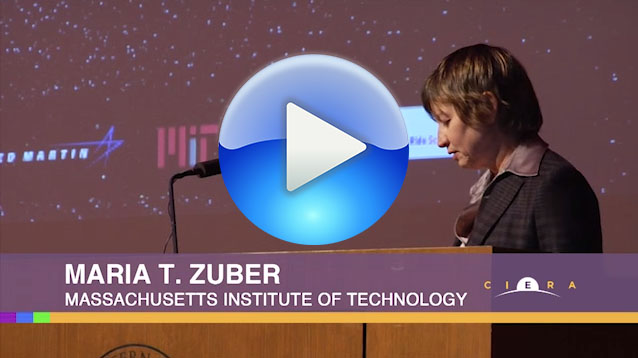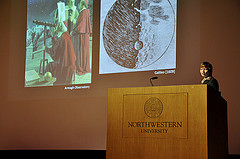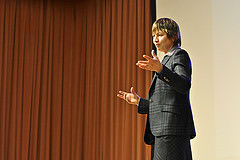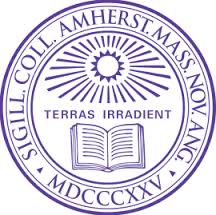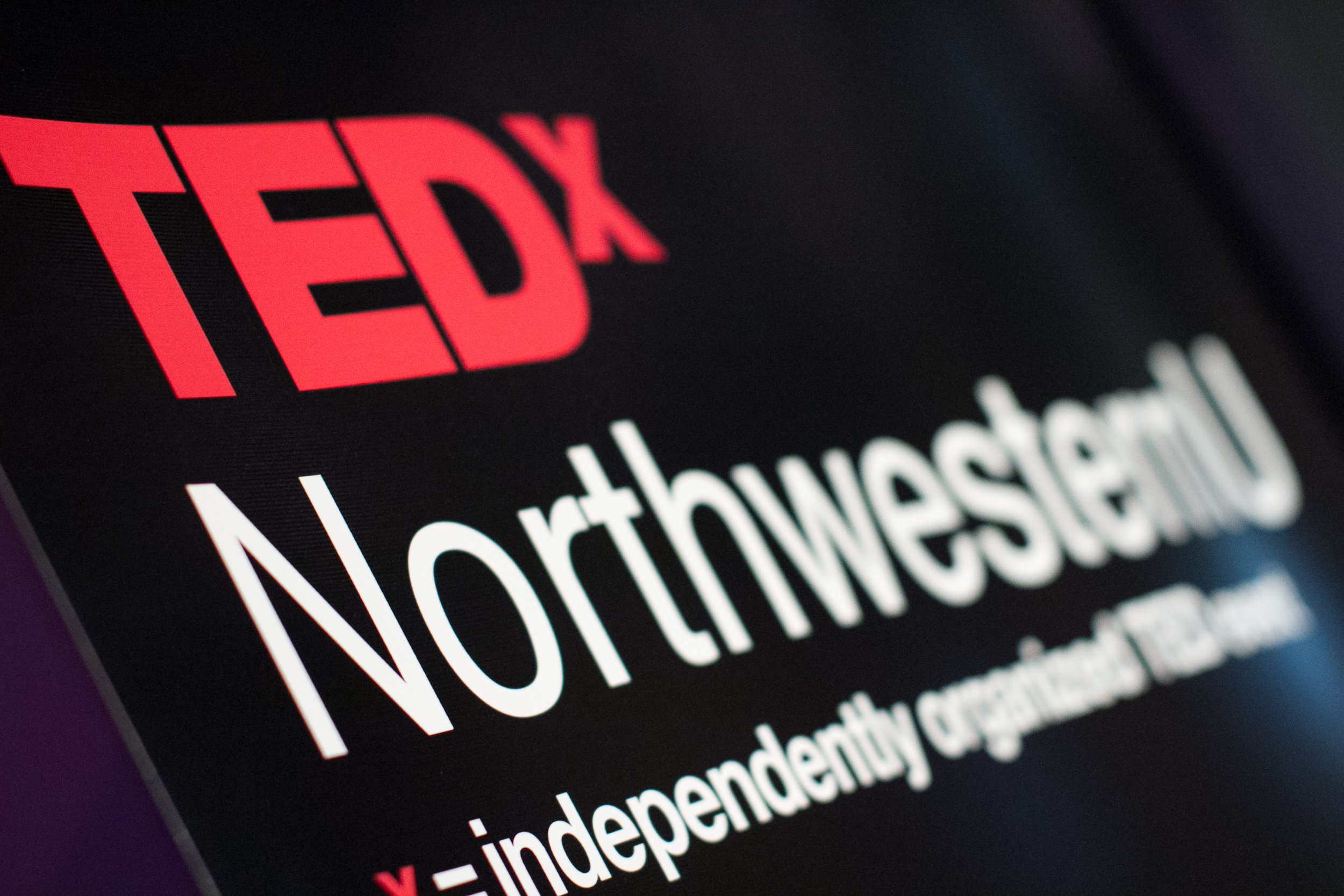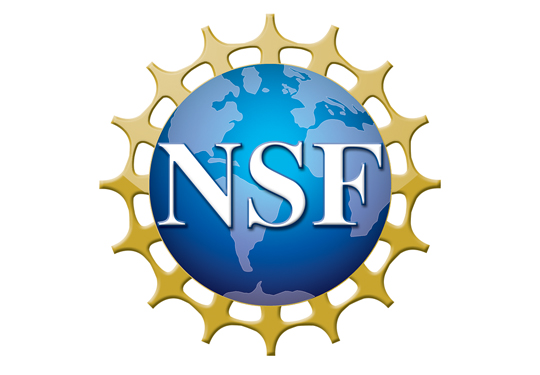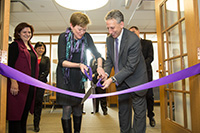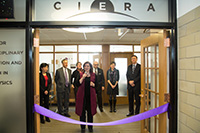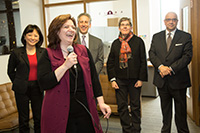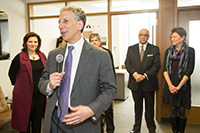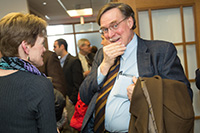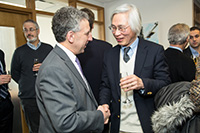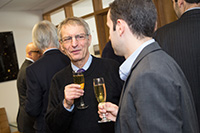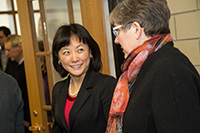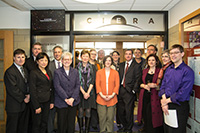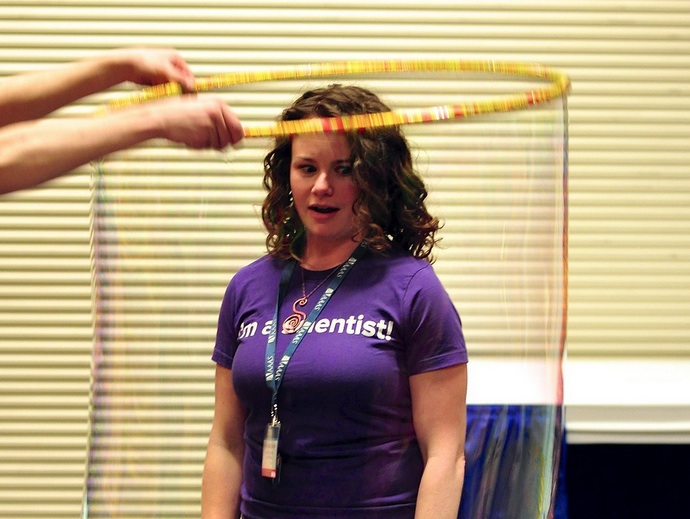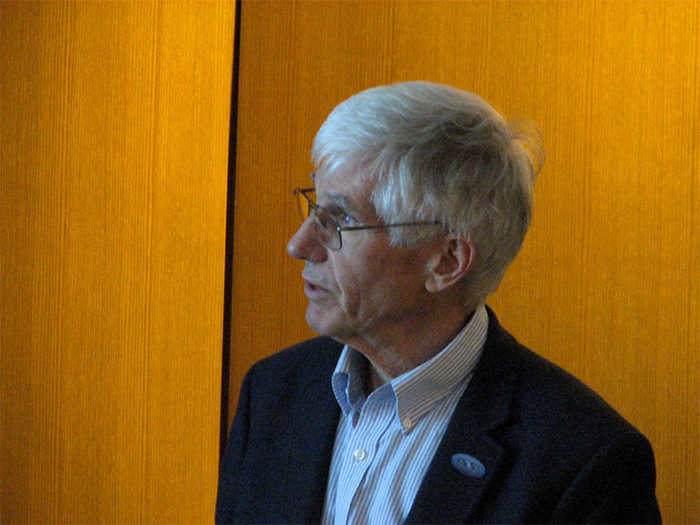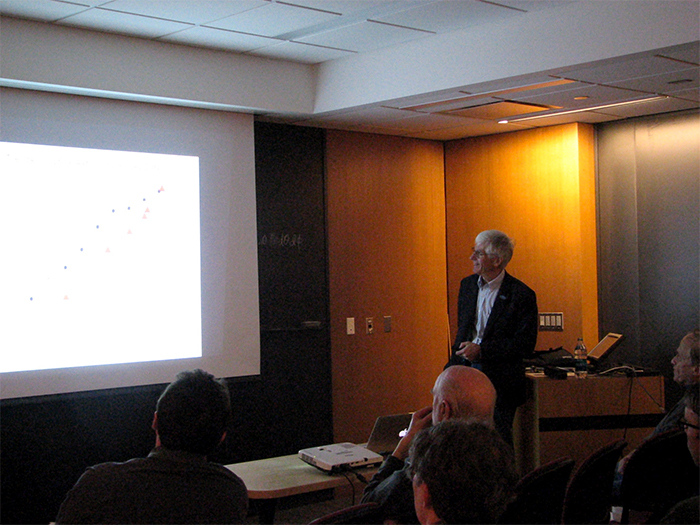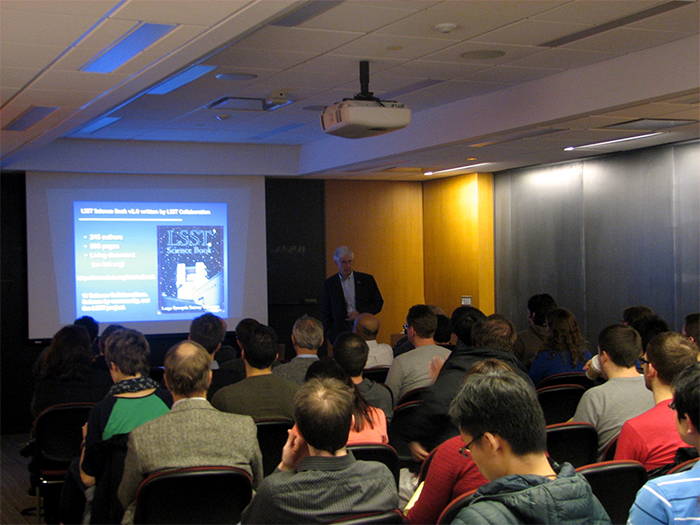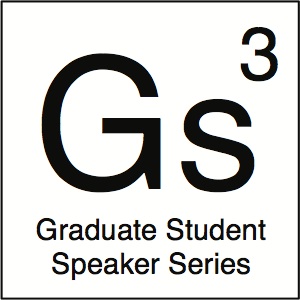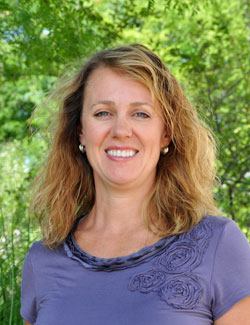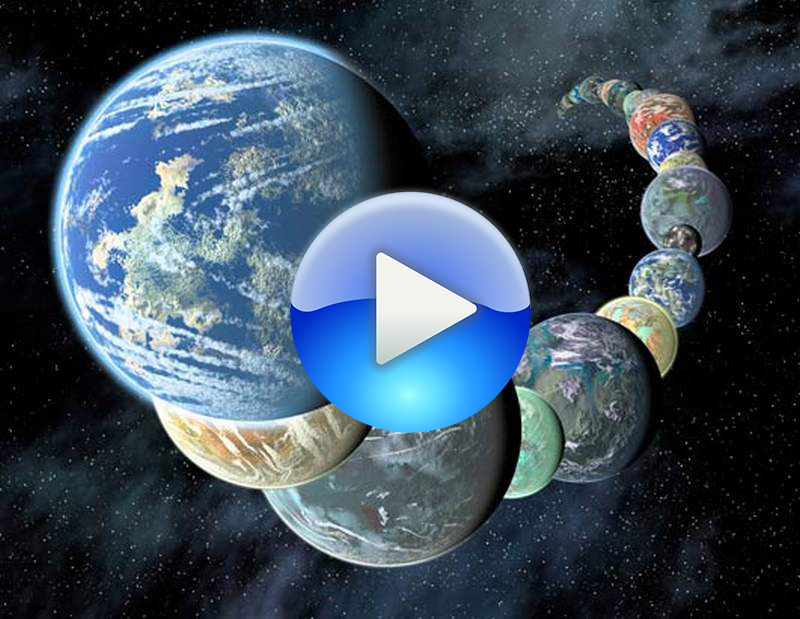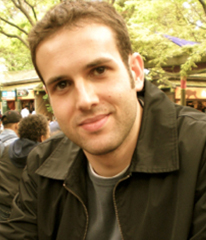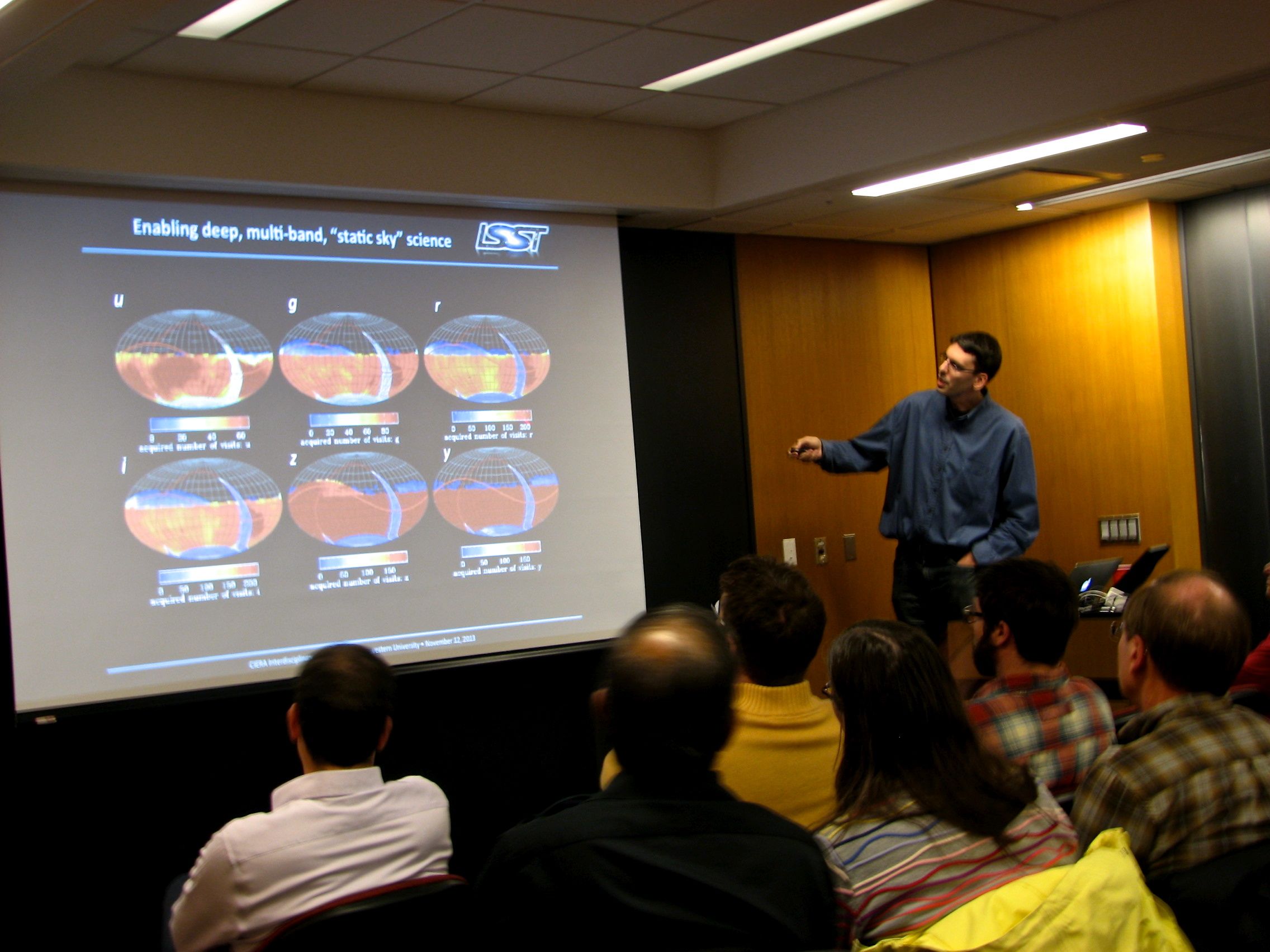| August 2014
|
|||||||||||||||
The fifth issue of LIGO Magazine is now available for download. This issue celebrates the major milestone of the first full lock being achieved. It also contains articles about the Transmission Monitor Suspension Telescope, what life is like at the Louisiana LIGO site, and an interview with Kai Staats, the creator of the documentary “LIGO: A passion for understanding.” Former Northwestern postdoctoral fellow Diego Fazi and others talk about their careers and what they have done after working with LIGO in the article “Life after LIGO”. There is also a feature on former CIERA graduate student Ben Farr’s thesis defense. Past issues of LIGO magazine can be found online. |
|||||||||||||||
|
On Friday, August 22nd, CIERA hosted a meeting of some of the country's leading experts in fabricating X-ray mirrors for space-based X-ray telescopes. Organized by Professor Mel Ulmer, thirteen attendees from Goddard Space Flight Center, Harvard/CfA, Lawrence Livermore National Laboratory, Marshall Space Flight Center, MIT, NASA Headquarters, and Northwestern University met to give summaries of each group's methods for producing high-resolution, lightweight X-ray optics, and to also talk about each lab's biggest challenges. Finally, they discussed the next steps forward for possibly organizing their efforts, and working towards the next X-ray telescope mission. |
|||||||||||||||
The National Science Foundation (NSF) agreed on Friday, August 1st, to fund the Association of Universities for Research in Astronomy (AURA) in constructing the Large Synoptic Survey Telescope (LSST), a nearly $500M project. The LSST is designed to digitally image the sky for the span of a decade, and should be fully operational by 2022. Researchers at Northwestern are granted institutional membership to the LSST project through CIERA’s membership, allowing them the opportunity to prepare for LSST data when the telescope comes online. Astronomers at CIERA are interested in studying such fascinating topics as the birth and growth of black holes, stellar explosions, and dark matter in clusters of galaxies. |
|||||||||||||||
|
|||||||||||||||
On July 24-26, CIERA hosted a workshop for the FIRE (Feedback In Realistic Environments) galaxy formation simulation project. This workshop, organized by Prof. Claude-André Faucher-Giguère, brought together sixteen galaxy formation experts to Northwestern from leading institutions in the US, Canada, and Europe and catalyzed a number of new projects within the FIRE collaboration. The FIRE project produces simulations that are currently being used to study the origin of heavy elements in the Universe, the effects of stellar processes on dark matter and gas in and around galaxies, and galaxy-black hole co-evolution. |
|||||||||||||||
July 2014
|
|||||||||||||||
CIERA graduate student Niharika Sravan volunteered at the City of Evanston’s Camp Kaleidoscope on July 18. She worked on a constellation project with a group of 3 to 5 year-olds designed to inspire their curiosity about the universe. Sravan helped the students create their own constellations from construction paper, and share their constellation myths with the class.
|
|||||||||||||||
This week, Apollo 11 astronaut Buzz Aldrin revealed to CNN that he had one more first under his belt: he took the first ever space selfie. This photo of Aldrin was snapped on the Gemini XII mission in 1966, during a daytime break from taking photographs of nearby stars using an ultraviolet camera. |
|||||||||||||||
CIERA Director, Prof. Vicky Kalogera, was elected as the astrophysics trustee, among only nine trustees, of the NSF-funded Aspen Center for Physics on July 9. The ACP is a center for physicists that offers long-term workshops, conferences, and research opportunities for those invited to attend. ACP Trustees provide overall scientific, financial, and administrative guidance; typically, only one or at most two astrophysics positions open up every decade. Congratulations, Vicky! |
|||||||||||||||
Research Associate Professor Shane Larson was quoted in USA Today’s July 7 article about “Cityhenge”, a phenomena where the sun lines up with the grid system of a city and sets between the buildings. Larsen spoke to the difficulty determining which exact dates the “henge” would occur in Chicago, but said that the “henge” phenomena reminds us that we are “connected to the cosmos”. |
|||||||||||||||
The Illinois Space Grant Consortium awarded six CIERA students with scholarships for the 2014-2015 school year. Graduate students Katie Breivik, who studies under Prof. Shane Larson, and Jason Hwang, who studies under Prof. Fred Rasio, were each awarded $10k by the ISGC. Undergraduates Ben Sandeen, who works with Prof. Vicky Kalogera, Matt Hroma, who works with Prof. Giles Novak, and Emily Ellinger, an advisee of Dr. Jason Steffen, were also each awarded $3k scholarships through this program. Undergraduate student Daniela Deleon, who works under Prof. Mel Ulmer, also received a $2k scholarship. |
|||||||||||||||
CIERA postdoc Daryl Haggard’s research about the growth of supermassive black holes is featured in the July 2014 issue of BBC’s Sky at Night Magazine, scheduled to hit newsstands this month. The piece, filed under the “What I Really Want To Know Is…” section, features Haggard’s research on a small gas cloud approaching the supermassive black hole at the center of the galaxy and how the cloud will contribute mass to the black hole as it approaches. |
|||||||||||||||
June 2014
|
|||||||||||||||
CIERA Graduate Student Carl Rodriguez recently produced a film entitled “Black Holes & Star Clusters” for the short film category at the Jackson Hole Science Media Film Festival. The film is about 5 minutes long, and focuses on explaining globular clusters. The film contains videos produced by Matt McCrory and his team at Northwestern University’s Visualization Services. The film also features a CGI animation that was produced from an N-body simulation run by Carl. This is a biannual festival that will take place September 17-19 2014 in Boston. Prizes are awarded in 21 different categories with prizes of $60-$180. |
|||||||||||||||
A recent paper co-authored by Ben Farr (CIERA Graduate Student), Will Farr (former CIERA Postdoctoral Fellow) and Ilya Mandel (former member of Vicky Kalogera's research group) received a positive review on Astrobites. The paper that was reviewed is entitled “The First Two Years of Electromagnetic Follow-Up with Advanced LIGO and Virgo"; the review can be found here. |
|||||||||||||||
CIERA is pleased to host a group of talented student researchers this summer. Among these students, nine have been awarded funding from Weinberg College and NASA’s Illinois Space Grant Consortium. The students are listed below, with their projects: |
|||||||||||||||
May 2014
|
|||||||||||||||
|
|||||||||||||||
On May 22, 2014, CIERA Postdoctoral Fellow Daryl Haggard participated in a Role Model
Panel at the "Futures Unlimited" event, which took place at Oakton
Community College and featured women scientists from many STEM
disciplines discussing their careers and lives. The panel engaged 350
8th grade girls, aiming to motivate and excite them about the STEM
careers. After the Role Model presentations, the girls asked a series of
insightful questions and then participated in over 20 STEM-related
workshops during the daylong event.
|
|||||||||||||||
CIERA Professor Giles Novak has been appointed as the new faculty director of the Tech Instrument Shop. Novak will start the new three-year position beginning in June 2014. As the faculty director, Novak will directly oversee the shop, which is a full-service machining, fabrication and repair facility. He will also chair the faculty advisory committee, supervise staff and their professional development, lead fundraising efforts to expand the shop’s capabilities and services, and partner with the Office for Research to make strategic decisions to ensure its financial stability. |
|||||||||||||||
CIERA Postdoctoral Fellow Daryl Haggard was interviewed along with Andrea Ghez and Stefan Gillessen for a Physics Central podcast. The podcast, titled Hungry Hungry Black Holes, talks about the black hole at the center of our galaxy, called Sgr A*, and it’s interaction with G2. G2 is believed to be either a gas cloud or a star excreting gas; as G2 passes by Sgr A* it will become more clear what this object is. The interaction will also tell us more about how black holes feed and how they grow. Haggard talks about how scientists will be looking in particular at how long it takes G2 to fall into the black hole. Based on the viscosity of the the plasma close to the black hole this could take a few months or hundreds of years. This interaction is particularly noteworthy because it will be the first time we have actually seen a black hole interact with another object. |
|||||||||||||||
On June 2, the Office of STEM Education Partnerships (OSEP) in partnership with the Office of Undergraduate Research and the Motorola Solutions Foundation, hosted the 7th Annual High School Project Showcase as part of Northwestern University's Undergraduate Research and Arts Exposition. The exposition featured 9th-12th grade students who were selected for their high quality projects. For the event’s judges, Reach for the Stars Director Michelle Paulsen organized and trained graduate students including Sam Hadden, Bernard Beckerman, Aaron Oppenheimer, Madison Fitzpatrick, Jovanca Smith and Jia Wu. Two of CIERA Postdoctoral Fellow Daryl Haggard’s high school students, Talia Weiss and Taylor Sims, were awarded as outstanding project participants for thier project, based on research pursued at CIERA. Talia and Taylor are both students at Evanston Township High School and will be attending MIT next fall. Congratulations to all the Outstanding Project Participants: |
|||||||||||||||
|
|||||||||||||||
Congratulations to Ben Farr of successfully defending his thesis on Monday May 4th. Ben was a Graduate student with Vicky Kalogera’s group and his thesis was entitled “Extracting Astrophysical Information from the Gravitational Waves of Compact Binary Mergers and Their Electromagnetic Counterparts.” It focused on the development and validation of data analysis tools that will be used to characterize compact binary mergers from the gravitational waves they emit. These tools will be used to analyze the data coming from the newly upgraded LIGO and Virgo ground-based gravitational wave detectors coming online starting next year. |
|||||||||||||||
CIERA Director Vicky Kalogera was featured in a Weinberg Magazine article entitled “Staying in Stem - Encouraging Women to Persist in Math and Science”. The article interviews female Northwestern faculty members about their experience as women pursuing careers in male-dominated STEM fields. Each faculty member interviewed cites examples of the lack of female role models in their field. Kalogera specifically mentions that she never had a female physics professor. Though studies have shown that women are no less capable than men in STEM fields, young girls are still getting the mistaken message that boys are better at math and science. In addition, girls are generally not raised to stand up for themselves or their work; this combative skill is essential in the scientific world: researchers are frequently called upon the defend their work and must compete for top positions. Kalogera also mentions that the lack of balance can come from the female scientists themselves when it comes to seeking a position: she cites the example of women not applying for a postdoc position or waiting until her husband has a position and then applying at his institution. Also, culturally, it can be more comfortable for a woman to stay at home and raise a family for a few years while their partner works. |
|||||||||||||||
CIERA Postdoctoral Fellow Daryl Haggard, who is also serving on the Executive Committee of the High Energy Astrophysics Division (HEAD) of the American Astronomical Society, joined fellow committee members Randall Smith and Henric Krawcznski on Capitol Hill on April 28th. Talking to staff members in the Senate and House of Representatives, they explained the importance of astronomy funding for large-scale projects such as the Large Synoptic Survey Telescope, small & mid-scale projects like Discovery, New Frontiers & Explorer-class missions, international partnerships, and education & public outreach. Given the current debate about funding for NASA, they particularly focused on the importance of NASA missions and research grants. |
|||||||||||||||
Scotty Coughlin, an undergraduate student who has been working in Vicky Kalogera’s LIGO group, was awarded a Fulbright Scholarship. Starting in September 2014, the award will allow Coughlin to pursue LIGO-related at Cardiff University in Wales. There he will work with Professor Patrick Sutto. It is estimated that this year the Fulbright U.S. Student Program will have awarded scholarships to 48 of the 938 students who applied to study in the United Kingdom. At Cardiff, Scotty will be pursuing a Masters of Philosophy in Gravitational Waves Physics. He will develop a dedicated low latency, i.e. quick turnaround, supernova detection pipeline, to catch the next Galactic core-collapse supernova and determine the explosion mechanism. |
|||||||||||||||
April 2014
|
|||||||||||||||
On Tuesday, April 22nd, computational researchers from across Northwestern met for Computational Research Day: a series of talks, panel discussions, and a poster session, which all focused on the way that high-performance computing helps researchers on both the Evanston and downtown campuses. The event was hosted by Northwestern University's IT group, and sponsored by the McCormick School of Engineering, the Weinberg College of Arts and Sciences, CIERA, Northwestern's Library, and the Office for Research. CIERA supported and helped to organize the interdisciplinary poster session, which brought together 20 researchers from the Departments of Chemistry, Chemical & Biological Engineering, Electrical Engineering and Computer Science, Materials Science, Biomedical Engineering, Mechanical Engineering, Neurology, Physics & Astronomy, as well as Northwestern's Brain Tumor Institute, the Rehabilitation Institute of Chicago, and the Research Center of the Ann & Robert H. Lurie Children's Hospital of Chicago. As part of the poster session, the posters were judged by seven volunteers, and five awards were given:
Many thanks to our judges, for their work! Elizabeth Hicks, John Everett, Alex Hryn, Lindsey Madison, John Gibbs, Pavan Ramkumar, and Daniel Wood reviewed the posters and talked with the participants over the course of the main, one-hour poster session. |
|||||||||||||||
High school student Sara Anjum recently won first place in the Space Science category at the Northeastern Science and Engineering Fair held in Cleveland, Ohio. She also received first place in a special awards category by the American Institute of Aeronautics and Astronautics (AIAA) and an invitation to present her results at the upcoming AIAA Propulsion and Energy Forum in June. |
|||||||||||||||
You can now get an inside look at the Laser Interferometer Gravitational-wave Observatory (LIGO) team and instrument with the, documentary, "LIGO -- A Passion for Understanding", released April 15th at space.com. Watch the documentary to learn more about the instrument which uses two and a half mile-long laser beams to detect cataclysmic cosmic events which occurred trillions of miles from Earth. You will also learn about the LIGO Scientific Collaboration: a group of almost a thousand scientists from all across the globe seeking to make the first direct detection of gravitational waves. As a part of that team, CIERA Director Vicky Kalogera, has built a gravitational-wave astrophysics group consisting of Postdoctoral Associate Tyson Littenberg, Graduate Student Ben Farr, and a team of undergraduate students. Together, they are developing develop cutting-edge methods to help us understand black holes from the complex data produced by LIGO. |
|||||||||||||||
During the pre-dawn hours of April 15, 2014, Evanston had its first chance to view a total lunar eclipse since December 2010. Despite inclement weather, the Dearborn Observatory was open to the public to view this event from 1-4 am CDT. Admission was free and all were welcome. Around 175 people attend the event and skys cleared enough at 3am for visitors to view the eclipse.
|
|||||||||||||||
|
|||||||||||||||
CIERA Postdoctoral Fellows Nick Cowan and Daryl Haggard have both accepted Assistant Professor position in the Department of Physics and Astronomy at Amherst College, in Amherst Massachusetts. They will start there in the Fall of 2014, so will be with us, here in Evanston, until late August, 2014. Daryl & Nick are looking forward to building a new astronomy program at Amherst, and exploring the many opportunities in the Five Colleges Astronomy Department. Congratulations, Nick and Daryl! |
|||||||||||||||
CIERA Postdoctoral Fellow Nate Kaib has accepted an Assistant Professor position in the Department of Physics & Astronomy at the University of Oklahoma, in Norman Oklahoma. Before moving to his faculty job, Nate will spend a year at the Carnegie Institute, in Washington DC, as a Postdoctoral Fellow. Then, starting in August 2015, Nate will move to the University of Oklahoma, where he looks forward to building a productive research group focused on modelling the formation and evolution of planetary systems. Congratulations, Nate! |
|||||||||||||||
CIERA is happy to announce that three new postdocs will join our group in the Fall of 2014! Daniel Angles-Alcazar, now a graduate student at the University of Arizona, will join Assistant Professor Faucher-Giguère's group as a CIERA Postdoctoral Fellow; Daniel specializes in numerical simulations of galaxy formation and evolution. Professor Rasio's group will welcome Dr. Sourav Chatterjee (currently a postdoc at the University of Florida) as a Postdoctoral Fellow; Sourav will conduct and lead investigations in star-cluster modelling and in the dynamics of exoplanet systems. Finally, Fabio Antonini will join CIERA later in the Fall of 2014; he is currently a postdoc at the Canadian Institute for Theoretical Astrophysics. Fabio will work with Professor Rasio's group in studying dense stellar systems, but will also work with Professor Kalogera's group in researching gravitational wave sources, and potentially contribute to Assistant Professor Lithwick's group, as well, collaborating in research on the dynamics of exoplanets. |
|||||||||||||||
CIERA Postdoctoral Fellow Daryl Haggard has been closely watching a gas cloud, called G2, near the Milky Way’s black hole, called Sgr A*. She will discuss her latest data at a press briefing, “Advances in Astrophysics,” to be held at 11 a.m. Sunday, April 6, in Gwinnett Room of the Savannah International Convention Center at the April Meeting of the American Physical Society (APS). The closest approach between the black hole and gas cloud is predicted to occur any day now. Haggard has been using two world-class observatories, the Chandra X-ray Observatory and the Very Large Array, to gather data on this potentially spectacular encounter. At the APS meeting, she also will make a presentation, “Hot News from the Milky Way’s Central Black Hole,” as part of the session “Hot Topics in Astrophysics” from 3:30 to 5:18 p.m. EDT Sunday, April 6, in Chatham Ballroom C of the convention center. |
|||||||||||||||
TED events are well known for bringing together innovative thinkers who give inspiring talks. In this tradition, Northwestern University hosted its first inclusive, independent "TEDx" event on April 12th, 2014. Twelve talks will focus on "crossing paths": the interdisciplinary work that is increasingly at the focus of research, and our modern world. Those talks were selected from over 100 submissions sent in by Northwestern alumni, faculty, and students. Research Associate Professor Shane Larson was one of only four faculty members selected to talk, and spoke about "Pluto's Day of Reckoning": why the demotion of Pluto as a planet captured the public's attention. |
|||||||||||||||
March 2014
|
|||||||||||||||
|
|||||||||||||||
CIERA's newest Postdoctoral Associate, Youwei Yao, will start on Monday, March 24th. Yao (as he likes to be called) is from the Changning district of Shanghai, in China, and got his PhD in September 2013 working in Professor Hideyo Kunieda's group at Nagoya University in Japan. There he designed, fabricated, and verified his multilayer coating models. These multilayer coatings have been put on the hard X-ray telescope mirrors to be flown on the Japanese-US Astro-H satellite. |
|||||||||||||||
CIERA Postdoctoral Fellow Nate Kaib has accepted a Postdoctoral Fellowship in Astronomy and Planetary Science at the Department of Terrestrial Magnetism at the Carnegie Institute for Science in Washington, D.C. The position is an excellent fit for Dr. Kaib's interest in the formation and evolution of extrasolar-planets systems as well as our own solar system. While there, Nate plans to study the evolution of planetary systems residing within young binary systems. In addition, he hopes to further constrain the birthplace of our solar system by modeling the structure of the distant solar system (Oort Cloud and Kuiper Belt) and comparing those model predictions with known observations of objects in these reservoirs. |
|||||||||||||||
Congratulations to Assistant Professor Yoram Lithwick for securing a prestigious NSF CAREER award! Yoram is a member of the Department of Physics and Astronomy, and a CIERA Faculty Member, as well. His proposal, entitled "Planet Formation in the Age of Kepler" was just accepted by the NSF. |
|||||||||||||||
On Wednesday, March 5th, CIERA celebrated its new facility with a Ribbon Cutting Ceremony and Open House. Over 70 people from across Northwestern University attended the Open House, including Provost Linzer, Vice President of Research Walsh, Weinberg College of Arts and Sciences Dean Mangelsdorf, McCormick Dean Ottino, Associate Vice President for Research Cao, and Department of Physics and Astronomy Chair Schellman. The program started with brief remarks by Provost Linzer, who cut the ceremonial ribbon; this was followed by a champagne toast led by Director Kalogera. CIERAs Director thanked the variety of people who made the beautiful new office space possible, from its inception to construction: a process that took approximately four years. The Open House ended with two tours through the new facilities, led by Professor Kalogera.
|
|||||||||||||||
Graduate Student Ben Farr, who works in Professor Vicky Kalogera's group, has been awarded the Robert R. McCormick Fellowship at the University of Chicago. He will start his work there on July 1st, focusing on gravitational-wave astronomy, and in particular, on the detection and characterization of compact binary mergers from their gravitational-wave and electromagnetic signatures. |
|||||||||||||||
February 2014
|
|||||||||||||||
The recent national meeting of the American Association for the Advancement of Science (AAAS) in Chicago not only attracted scientists from all over the world, and also pulled in thousands of people from Chicago, who attended "Family Science Days" on the weekend of the meeting. At Family Science Days, members of the public were treated to a wide variety of interactive science exhibits. Graduate student Meagan Morscher volunteered to help at Northwestern's Science in Society booth, helping Professor Jens Koch, Senior Lecturer Art Schmidt, graduate students Scott Mayle & Emily Sun of the Department of Physics & Astronomy, and graduate student Mark McClendon from the Department of Chemical and Biological Engineering. At their booth, they interacted with about 150 people, showing them the wonders of magnetic fields, including ferrofluids, magnetic induction, and magnetic levitation. |
|||||||||||||||
|
|||||||||||||||
January 2014
|
|||||||||||||||
The Graduate Student Speaker Series (GS3) is a newly-launched program that has been created as an extension of two CIERA programs: Reach for the Stars (managed in collaboration with the Office of STEM Education Partnerships, or OSEP) and Ready, Set, Go (in collaboration with Northwestern's Graduate School). |
|||||||||||||||
Some of the conventional wisdom about extrasolar planets (planets outside of our solar system) maintains that planets more massive than our Earth are expected to be covered in water. Put another way, such massive planets have so much water that their continents would be inundated; it might be difficult for life to gain a "foothold" on such a planet. However, CIERA Postdoctoral Fellow Nick Cowan and Assistant Professor Dorian Abbot of the University of Chicago are now challenging this wisdom for so-called massive "super-Earths": they have discovered that the large gravity and high sea-floor pressure of those worlds pushes water into their mantle, which could allow those worlds to also have continents, and so be more like our Earth. Of course, then, such planets may be more likely to harbor life. This work was presented at a press conference of the American Astronomical Society on Tuesday, January 7th, and has caught the attention of:The Economist, Northwestern University News and Northwestern Magazine. |
|||||||||||||||
A new study by Northwestern University graduate student Sam Hadden and Assistant Professor Yoram Lithwick has determined the masses of approximately 60 exoplanets larger than Earth and smaller than Neptune. (An exoplanet, or extrasolar planet, is a planet outside our solar system.) The measurements greatly expand scientists’ knowledge of sub-Neptune exoplanets because they allow the densities--and hence compositions--to be determined. But until recently only a handful of such planets have had their masses measured. The densities found by Hadden & Lithwick show that exoplanets slightly bigger than Earth are rocky, while those twice as big are so underdense that they must be covered in huge atmospheres of hydrogen gas. This work was presented at a press conference of the American Astronomical Society on Monday, January 6th, and has been written about in the following places: The Economist, Sky &Telescope, New Scientist, National Geographic, USA Today, Science Magazine, and Northwestern University. |
|||||||||||||||
December 2013
|
|||||||||||||||
Michelle Paulsen, director of CIERA's "Reach for the Stars" program, was invited to the #GradSciComm workshop at the National Academy of Sciences; this workshop brought together 30 science communication leaders to explore ways to incorporate science communication training into STEM graduate education. Taking place on December 5th and 6th, this conference focused on new ways to improve the communication skills of graduate students to non-technical audiences. The NSF-funded Reach for the Stars program fits well with this goal: it helps graduate students build strong communication skills through their work with teachers in K-12 classrooms. |
|||||||||||||||
CIERA Director Vicky Kalogera and Postdoctoral Fellow Laura Trouille help to lead the “CT-STEM” project in area schools. This program reaches out to teachers in subjects related to science, technology, engineering and mathematics (STEM), helping them to develop curriculum centering around computational thinking (CT). Through its teachers, the organization serves more than 1,000 Chicago Public Schools students, helping them to develop analytical skills that scientists use to make sense of the world. Read the full story. |
|||||||||||||||
One of the most exciting research questions in astrophysics today is: “How many stars in our Galaxy have planets like the Earth, which might have life on them?” In October, astronomers from Berkeley and Hawaii published an updated answer to this question, estimating that 22% of Sun-like stars have Earth-sized habitable planets circling them. Two high-school students, working with CIERA Fellow Laura Trouille in her Computational Astrophysics course, challenge this result: they estimate that only 10% of Sun-like stars have habitable, Earth-like planets. For more details, please see our Research Highlights article, and the students’ video presentation of their results. |
|||||||||||||||
November 2013
|
|||||||||||||||
In September, Dr. Claude-André Faucher-Giguère joined CIERA as a NASA Einstein Fellow. Next year, Dr. Faucher-Giguère will officially join the Physics & Astronomy faculty at Northwestern, where he is starting a new research group in galaxy formation. The galaxy formation group at Northwestern focuses on understanding the multi-scale physical processes that govern galaxy formation in the cosmological context, including star formation, galaxy-black hole co-evolution, galactic dynamics, and connections with the intergalactic medium and cosmology. To address these problems, Dr. Faucher-Giguère and his group combine the strengths of large-scale numerical simulations, analytic modeling, and comparison with observational data. |
|||||||||||||||
|
|||||||||||||||
CIERA Postdoctoral Fellow Laura Trouille, who also works as an astronomer at the Adler Planetarium, will be a panelist at the upcoming 'Scientists in Science Education Panel Discussion'. At the event, panelists will discuss their career paths, the diverse career opportunities in science education, how to find these opportunities and the challenge of making the transition from scientist to science educator. There will also be the opportunity for networking. This discussion will take place on Wednesday, November 20th from 6:00 to 8:00pm in the Daniel Hale Williams Auditorium (2nd Floor, McGaw Pavilion, 240 E. Huron Street, Chicago, IL). All are welcome |
|||||||||||||||
Postdoctoral Fellow Nick Cowan has been invited to the 2013 Kavli Frontiers Symposium in Irvine, CA, taking place Nov. 7th through the 9th. The symposium encourages collaboration among some of the world's best and brightest young scientists by bringing them together to discuss exciting advances and opportunities in a broad range of disciplines. Participants are selected from among recipients of prestigious fellowships, awards, and other honors, as well as from nominations by NAS members and other participants. |
|||||||||||||||
October 2013
|
|||||||||||||||
|
|||||||||||||||
Graduate student Ben Farr received the "Blue Apple Award" at this year's Midwest Relativity Meeting for the best student presentation at the meeting. Ben's talk was entitled "A Hierarchical Approach to Rapid Gravitational Wave Parameter Estimation", and described his work on quickly and accurately extracting new constraints on compact objects from future gravitational-wave detections. |
|||||||||||||||
Researchers at Northwestern were accepted to the Large Synoptic Survey Telescope project: the effort to build a next-generation telescope which was rated as the top-priority for ground-based astronomy in this decade. Led by astronomers in CIERA, Northwestern will be an institutional member; this membership allows scientists throughout the University to help define the research program of the telescope and to join the LSST science groups, which are at the forefront of utilizing the telescope’s data. |
|||||||||||||||
Nick Cowan, CIERA Postdoctoral Fellow, will speak as part of Chicago Ideas Week. His talk will be in the “Scientific Breakthroughs: Infinite Possibilities” series on Tuesday October 15th (12:00pm-1:30pm; tickets available at the Chicago Ideas Week website), and will touch on his research in exoplanet climates and exo-cartography. |
|||||||||||||||
|
SEPTEMBER 2013
| |||||||||||||||
|
On September 30th, WAMC spoke with CIERA Postdoctoral Fellow Nick Cowan for their Academic Minute program. In the feature, Cowan explains how cloud cover moderates the temperature of tidally-locked exoplanets orbiting red dwarf stars. | |||||||||||||||
The new issue of LIGO Magazine is now available for download. The issue contains several articles on the topic of “squeezed light” and its history in the gravitational wave community. The first and second issues (also available) contained articles about building Advanced LIGO and about observing black holes in LIGO, respectively. The second issue included “Black Holes in Advanced LIGO: the observational payoff” by Ilya Mandel (a previous CIERA Postdoc) and Ben Farr (currently a graduate student in CIERA). | |||||||||||||||
Congratulations to Professors Mike Smutko and Giles Novak for their election to 2013 Faculty & Administration Honor Roll! Professors are selected for the Honor Roll through a campus-wide nomination process, followed by a comprehensive assessment of those professors over the summer. Many thanks to Giles and Mike for all of their exceptional work for the students of Northwestern. | |||||||||||||||
On September 7th, Postdoctoral Associate Tyson Littenberg, graduate student Matthew Rickert, and undergraduate Annas Rahman hosted about 50 Boy Scouts in the Dearborn Observatory, introducing them to the Dearborn telescope and discussing astronomy and research with the Boy Scouts. As part of the "STEM (Science, Technology, Engineering, and Mathematics) and Sports Event", coordinated by the Northwestern Wildcat's Ticket Office and the Office of STEM Education Partnerships, approximately 160 Boy Scouts visited Northwestern's campus to learn about research done here. Tyson, Matthew, and Annas discussed extrasolar planets, black holes, and the different types of telescopes that astronomers use to view the universe. |
|||||||||||||||
After working with CIERA Postdoctoral Fellow Daryl Haggard this summer, NASA Illinois Space Grant student Erin Roth was invited to the Fall 2013 National Space Grant Meeting. Each year, only a single representative from each state is invited to present a poster of their research and describe how the Space Grant program has helped them. Erin's summer research focused on unusual interaction between a gas cloud (called `G2') and the supermassive black hole in our Galactic center, Sgr A*. Her presentation is titled "Swift Monitoring of the Galactic Center: From Supermassive Black Hoes to Magnetic Neutron Stars". | |||||||||||||||
CIERA Postdoctoral Fellow Nicolas Cowan will be one of three postdocs speaking at the 2013 Northwestern University Postdoctoral Forum (NUPF) Symposium, on Thursday, September 12th. This Symposium celebrates postdoc and graduate student research, and their impact on society. Cowan will talk about his research in a talk entitled "Understanding Climate by Studying Exoplanets". |

